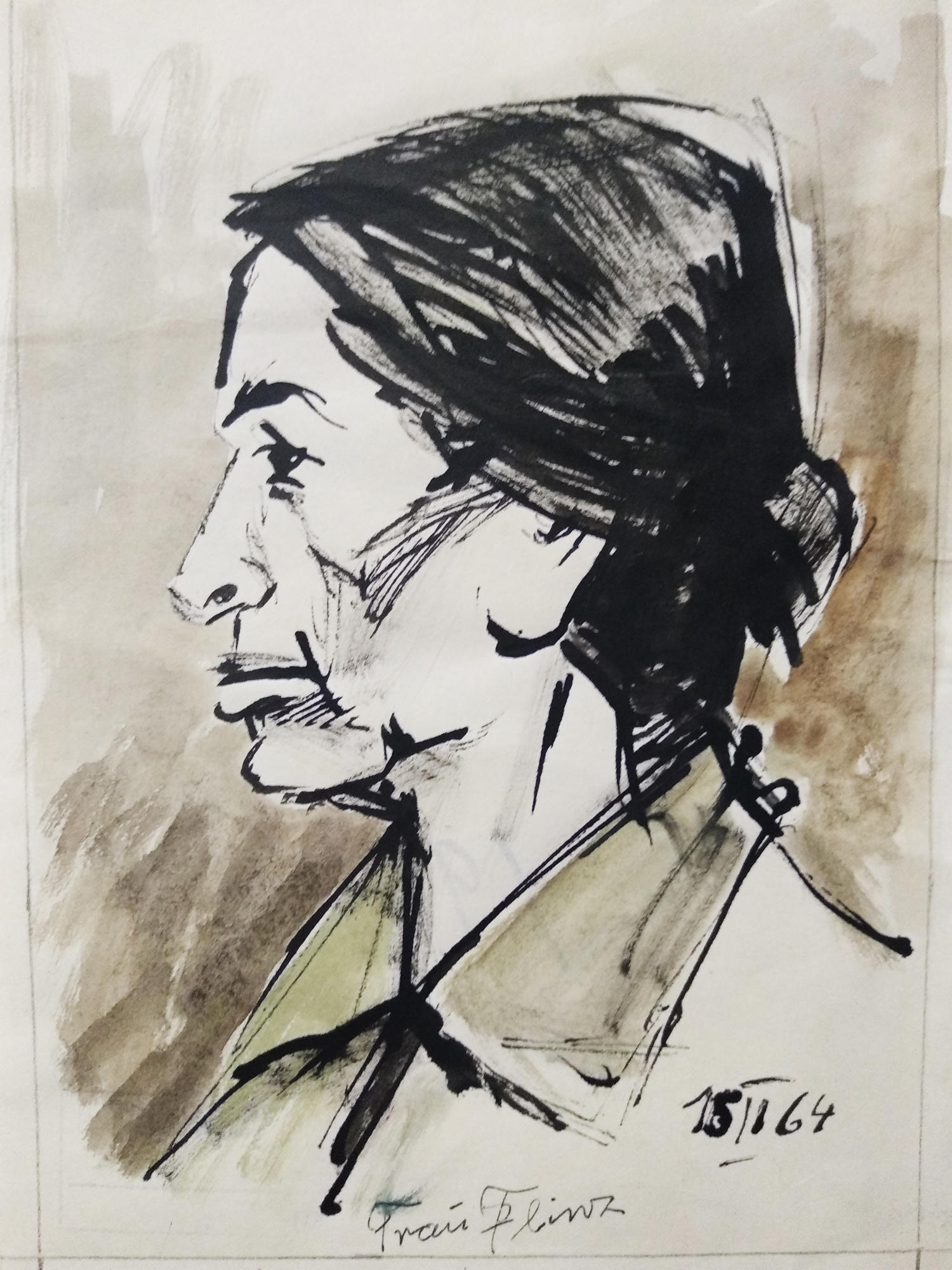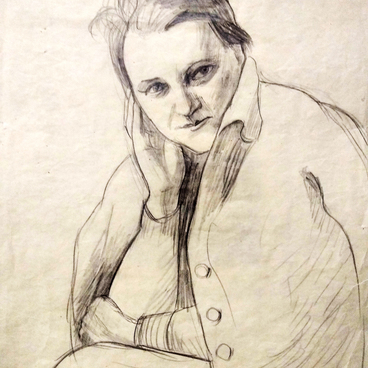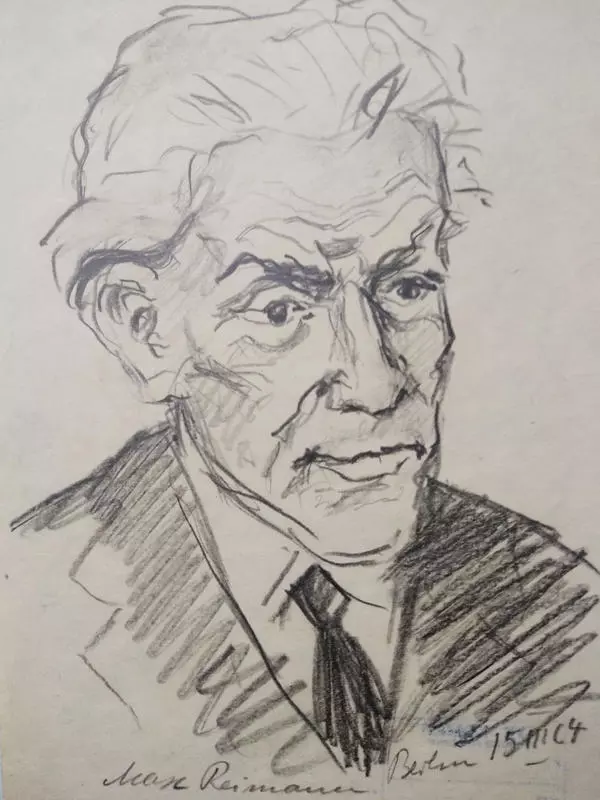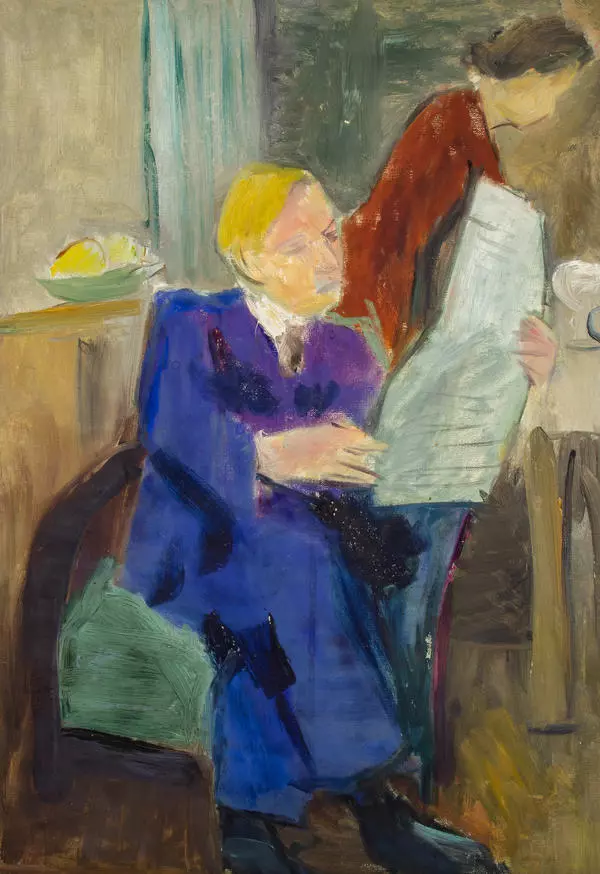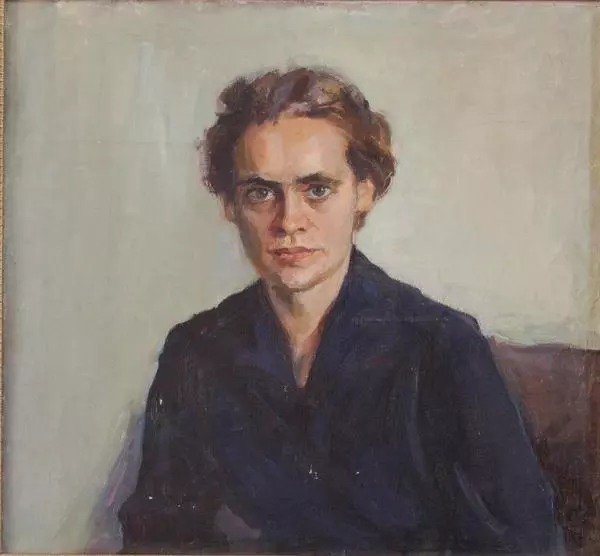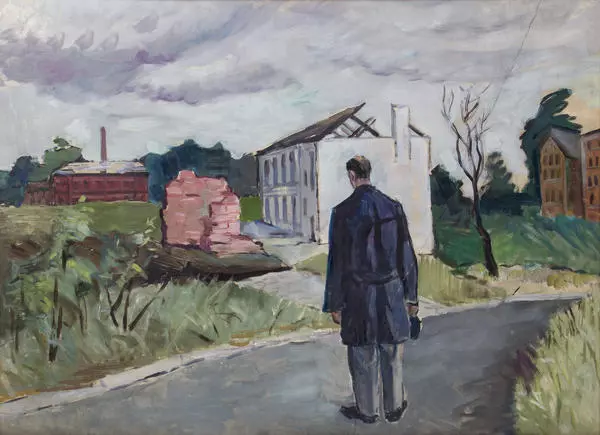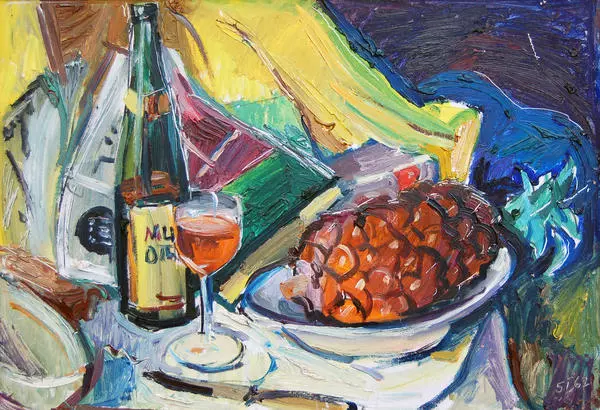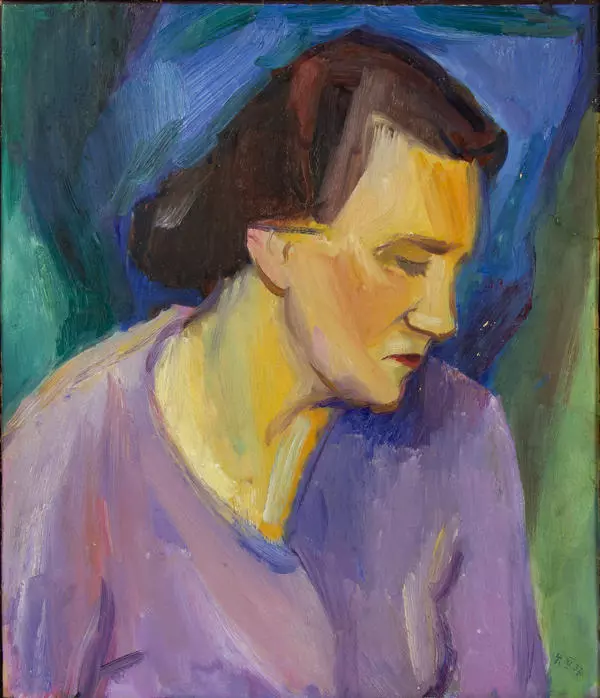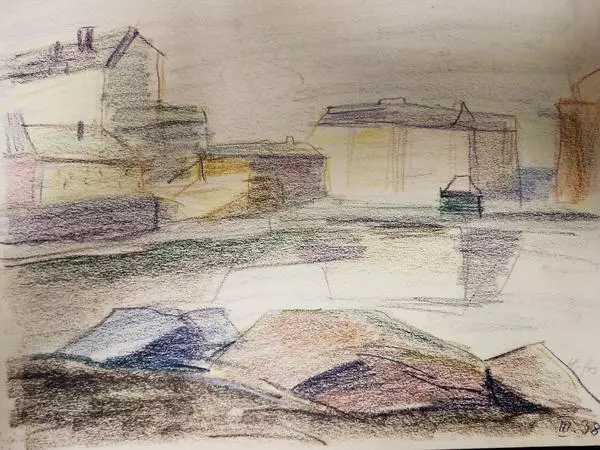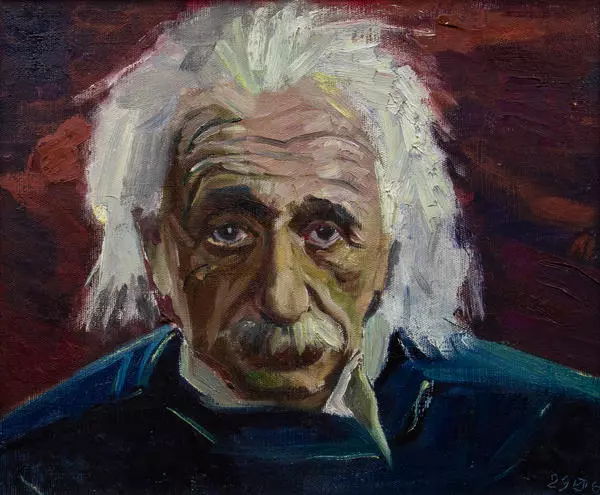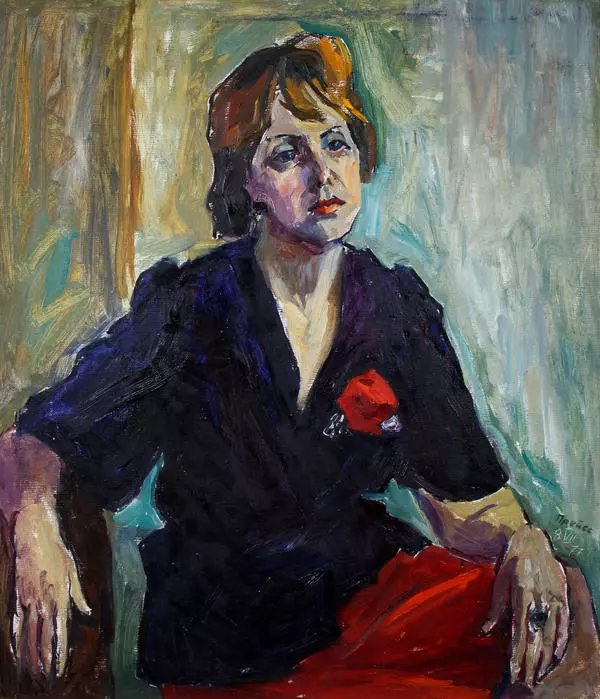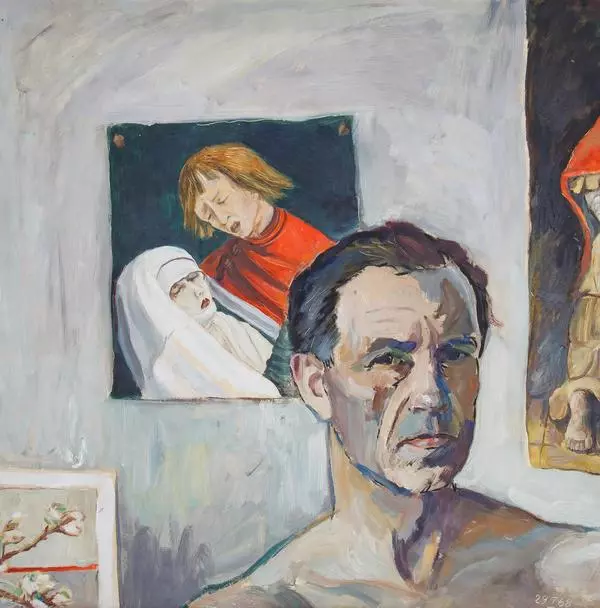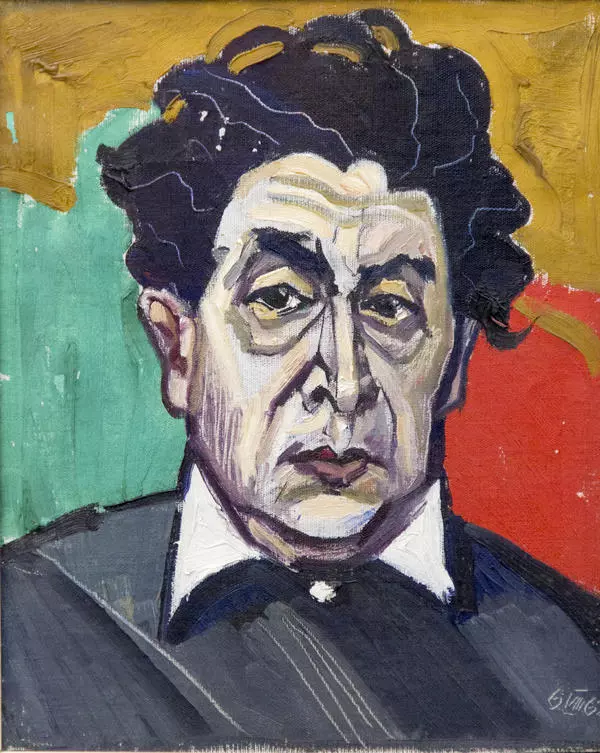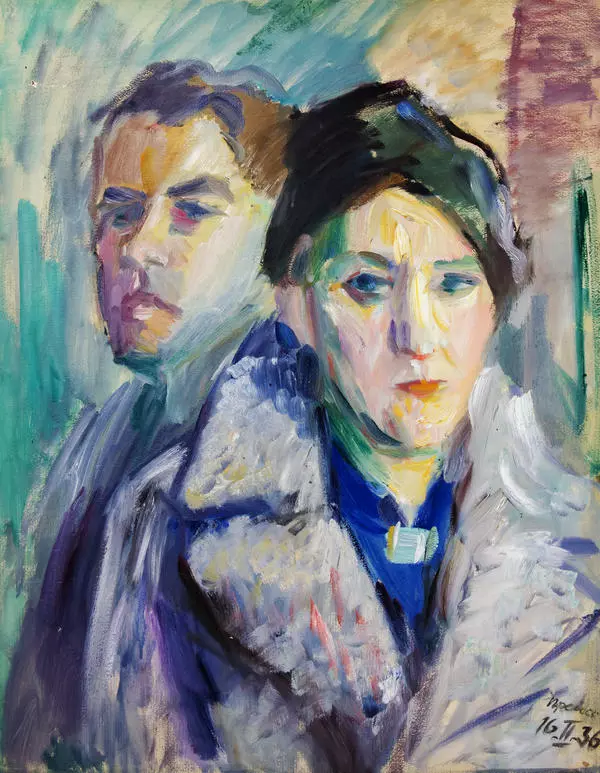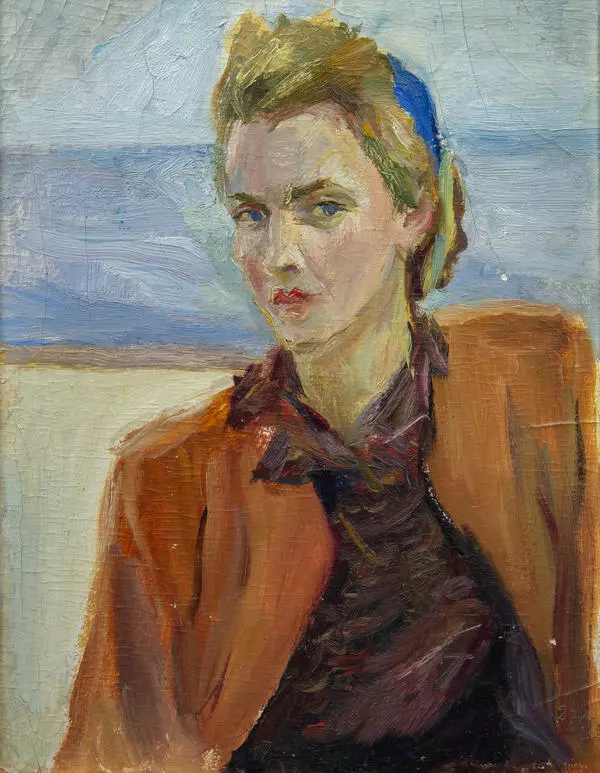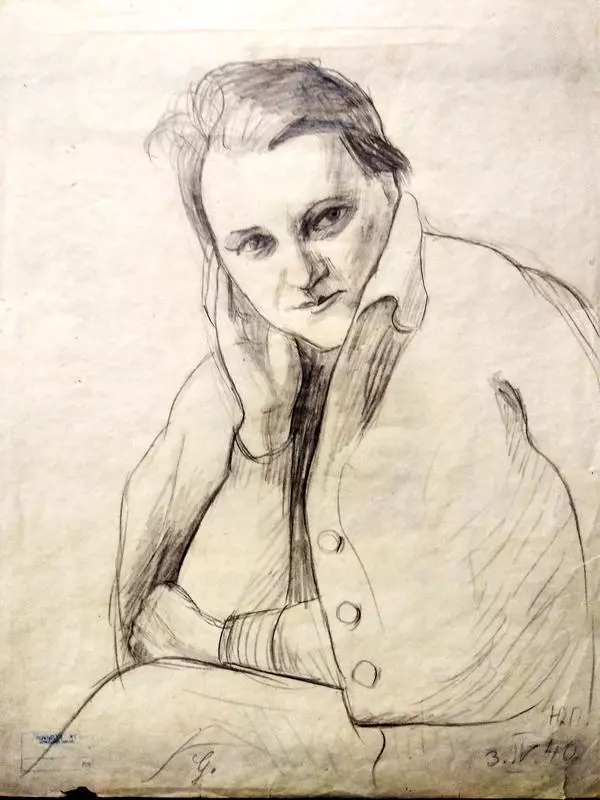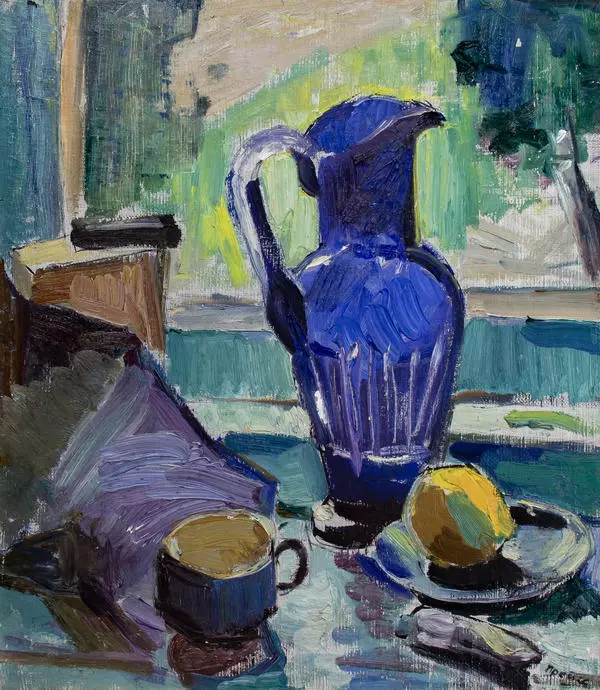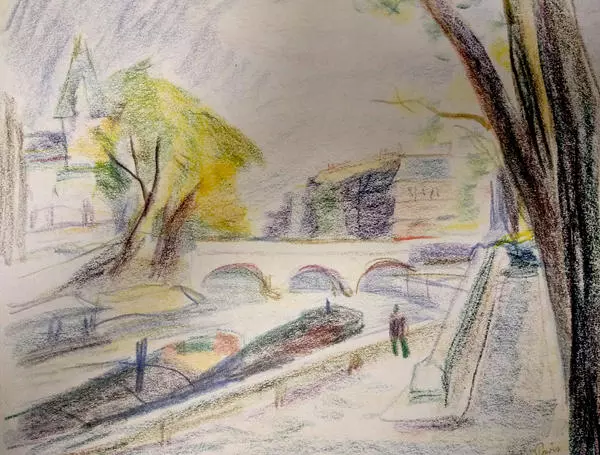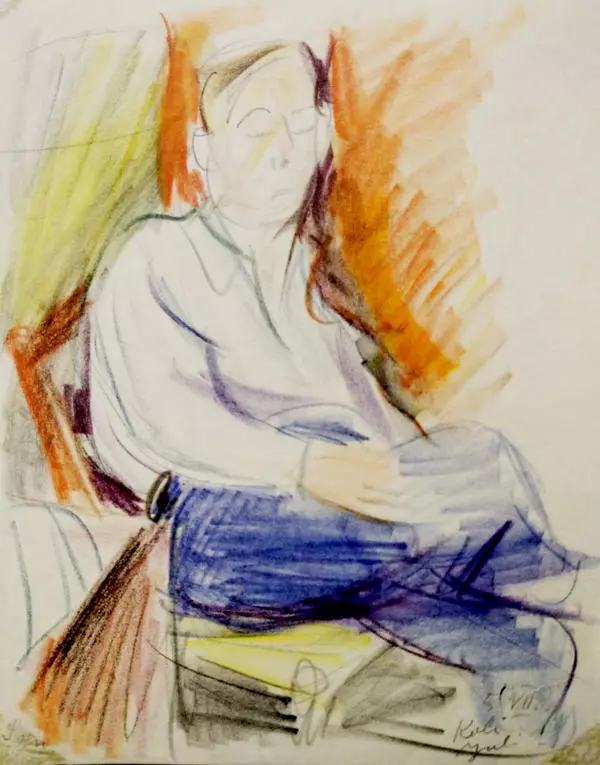By the sixties, Jurgis Preiss (1904–1984) had become a respectable Soviet artist. The native of Koenigsberg first came to the USSR at the beginning of World War II. Together with his wife Gertrude Genis, he led a double life for many years, engaged in espionage in favor of the Soviet Union and actively exhibiting his works in Europe at the same time. His personal exhibition that took place in Paris in 1937 was especially appreciated by art critics. The public compared him with Cezanne and called him master of intimate portrait.
After moving to the USSR, Preuss left his new homeland only once: he lived in Berlin, on the territory of East Germany, from October 1963 to April 1965. According to some experts, such a long stay could also be associated with a political mission. In these two years, Preiss painted several portraits of German theater actresses Helena Weigel and Sabina Krug.
Weigel was the leading actress of the Berlin Ensemble, a drama theater in East Berlin, and the second wife of playwright Bertold Brecht. It was she who inspired him to create many female characters, including the famous Mother Courage. Despite of her outward restraint, the actress had a powerful temperament. It was this feature of her personality that Preiss tried to capture. He portrayed the actress as Frau Flinz in a play by Helmut Beyerl, as the artist noted at the bottom of the drawing. The portrait is notable for a stark expressiveness of style, testifying to undoubted influence of German art, which always gravitated towards expressionism.
In one of the Berlin letters, Preuss wrote: ‘I went to theater yesterday. I watched the comedy Frau Flinz. Brecht’s wife plays the leading role. This satirical play is very incisive, and often frankly rude. The Germans have something sick in their art…’ The comedy showed Mrs. Flinz’s life after the end of World War II. The keynote of the play was the moment when the heroine said that she did not have time for socialism because she had to work.
In the sixties, Preiss often painted portraits of people around him. He sought to reveal their profound spiritual life and their way of thinking, so these works are deeply psychological.
After moving to the USSR, Preuss left his new homeland only once: he lived in Berlin, on the territory of East Germany, from October 1963 to April 1965. According to some experts, such a long stay could also be associated with a political mission. In these two years, Preiss painted several portraits of German theater actresses Helena Weigel and Sabina Krug.
Weigel was the leading actress of the Berlin Ensemble, a drama theater in East Berlin, and the second wife of playwright Bertold Brecht. It was she who inspired him to create many female characters, including the famous Mother Courage. Despite of her outward restraint, the actress had a powerful temperament. It was this feature of her personality that Preiss tried to capture. He portrayed the actress as Frau Flinz in a play by Helmut Beyerl, as the artist noted at the bottom of the drawing. The portrait is notable for a stark expressiveness of style, testifying to undoubted influence of German art, which always gravitated towards expressionism.
In one of the Berlin letters, Preuss wrote: ‘I went to theater yesterday. I watched the comedy Frau Flinz. Brecht’s wife plays the leading role. This satirical play is very incisive, and often frankly rude. The Germans have something sick in their art…’ The comedy showed Mrs. Flinz’s life after the end of World War II. The keynote of the play was the moment when the heroine said that she did not have time for socialism because she had to work.
In the sixties, Preiss often painted portraits of people around him. He sought to reveal their profound spiritual life and their way of thinking, so these works are deeply psychological.
